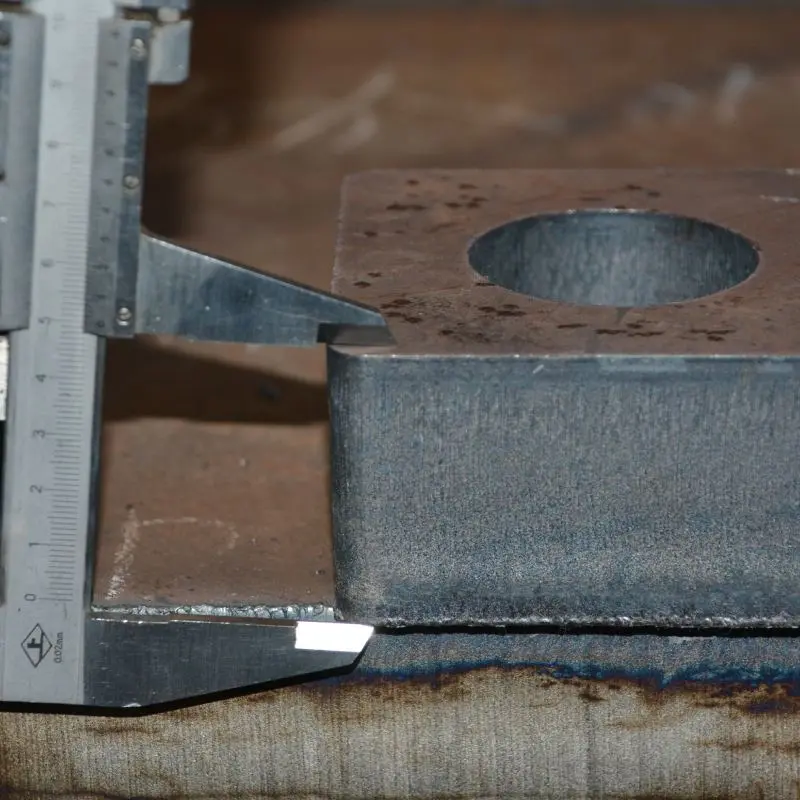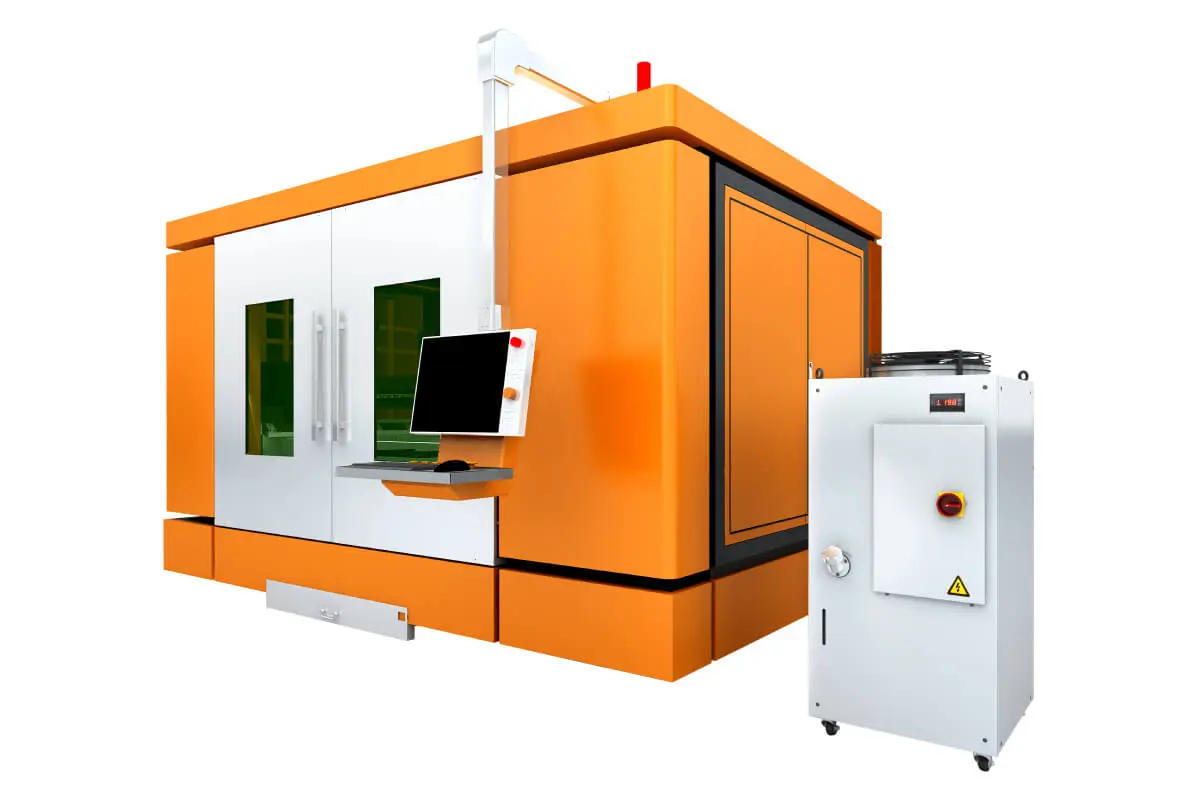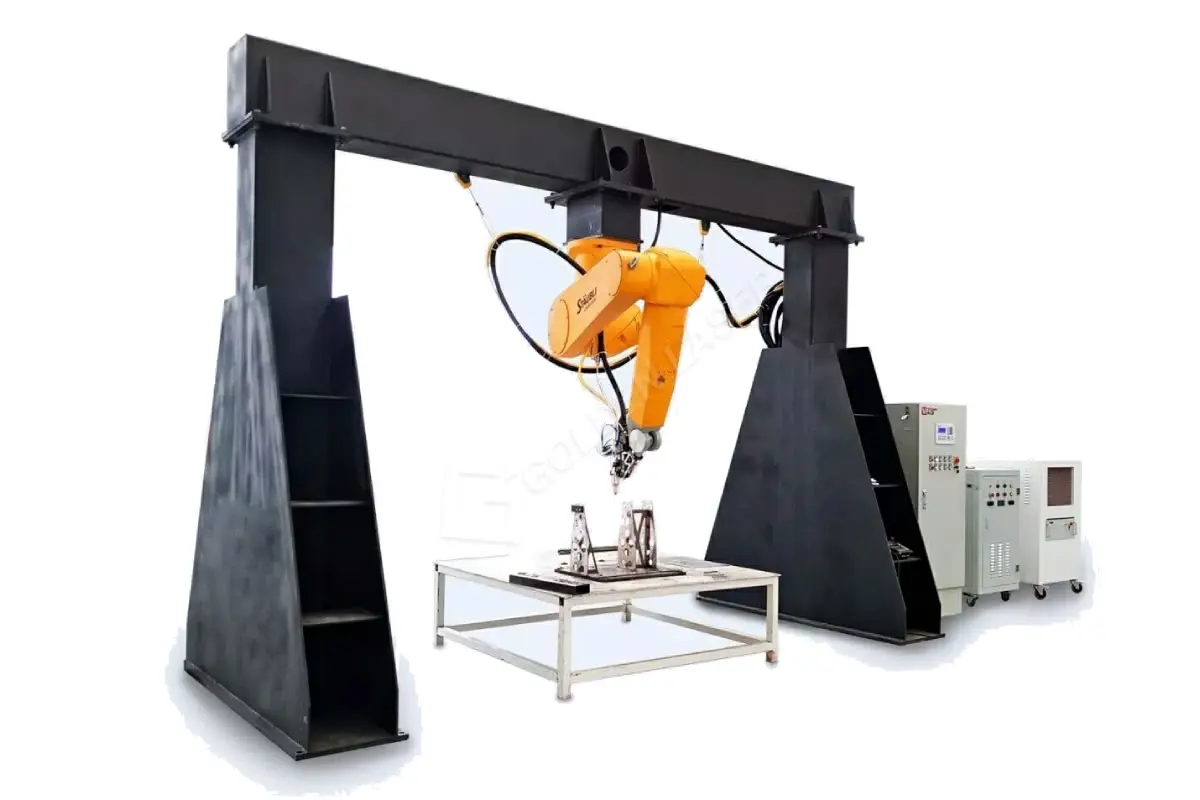****
In the fast-evolving landscape of manufacturing and industrial processes, efficiency and precision are paramount. Among the leading technologies that have transformed metal cutting is the CNC fiber metal laser cutter. This innovative tool leverages cutting-edge laser technology to slice through various materials with incredible speed and accuracy. In this article, we will delve into the operational principles, advantages, and diverse applications of CNC fiber metal laser cutters, shedding light on why they have become indispensable in modern manufacturing.
Understanding CNC Fiber Metal Laser Cutters
A CNC fiber metal laser cutter is an advanced cutting tool that utilizes laser technology to cut through metal and other materials. The term “CNC” stands for Computer Numerical Control, which implies that the machine is operated through a computer program that dictates the movements and operations of the cutting head. This technology allows for exceptional precision and repeatability, making it suitable for complex designs and intricate cuts.
The laser beam generated by a fiber laser is highly concentrated, producing an intense amount of heat that melts, burns, or vaporizes the material it contacts. The fiber laser system consists of a laser source, a cutting head, and a motion control system that together result in high-speed cutting capabilities. Notably, fiber lasers excel at cutting thin and thick metals alike (such as stainless steel, aluminum, brass, and even exotic alloys), which broadens their application range in various sectors.
Advantages of CNC Fiber Metal Laser Cutters
1. **High Precision and Quality**: One of the most significant advantages of CNC fiber metal laser cutters is their unparalleled precision. The focused laser beam can cut intricate patterns and shapes with minimal kerf width, which reduces material wastage and improves overall quality. This precision is especially crucial in industries where part tolerances are critical, such as aerospace and automotive.
2. **Speed and Efficiency**: CNC fiber laser cutters work at exceptional speeds, allowing for rapid prototyping and production runs. These machines can complete intricate cuts faster than traditional methods like plasma or flame cutting. This increase in speed not only reduces production time but also enhances overall operational efficiency.

Exploring the Advantages and Applications of CNC Fiber Metal Laser Cutters in Modern Manufacturing Processes

Exploring the Advantages and Applications of CNC Fiber Metal Laser Cutters in Modern Manufacturing Processes
3. **Versatility**: These laser cutters are incredibly versatile and can handle various materials, including metals of different thicknesses and types. Their adaptability extends beyond just metal cutting; they can also be used for marking, engraving, and even etching designs onto surfaces, expanding their usability in different applications.
4. **Minimal Maintenance and Operating Costs**: Fiber laser technology requires less maintenance compared to CO2 lasers, primarily due to the absence of mirrors that require realignment and maintenance. This reduction in required upkeep translates to lower operating costs over time.

Exploring the Advantages and Applications of CNC Fiber Metal Laser Cutters in Modern Manufacturing Processes
5. **Environmental Impact**: CNC fiber metal laser cutting technologies often produce less waste compared to traditional cutting methods. The precise cutting reduces unnecessary scrap, contributing positively to material conservation. Additionally, there is a lower energy consumption associated with fiber lasers compared to other laser types.
Applications in Various Industries
CNC fiber metal laser cutters find applications in numerous sectors, making them a vital tool in modern industrialization:
– **Aerospace**: Precision cuts are essential in the aerospace industry for manufacturing components like engine parts where tolerances are tight.
– **Automotive**: From cutting body panels to creating intricate interior components, the automotive sector extensively utilizes fiber laser cutters for their speed and precision.
– **Metal Fabrication**: Many metal fabrication shops rely on CNC fiber laser technology for creating customized metal parts and prototypes, enhancing production flexibility.
– **Signage and Decorative Items**: The detail-oriented capabilities of these cutters allow for the production of intricate designs in signage and ornamental pieces.
– **Electronics**: Fiber laser cutting is utilized for precision work in components of electronic devices, including circuit boards and connectors.
Conclusion
With advancements in technology continuing to shape the manufacturing industry, the CNC fiber metal laser cutter has emerged as a critical tool for improving efficiency, precision, and versatility in metal cutting applications. Its myriad advantages over traditional methods, combined with its adaptability across different sectors, make it an invaluable asset for manufacturers looking to maintain competitive advantage in today’s fast-paced economy. As industries continue to embrace automation and technology-driven solutions, the role of CNC fiber metal laser cutters will likely expand even further, paving the way for innovations in production and design. Fast Speed Laser Cutter



